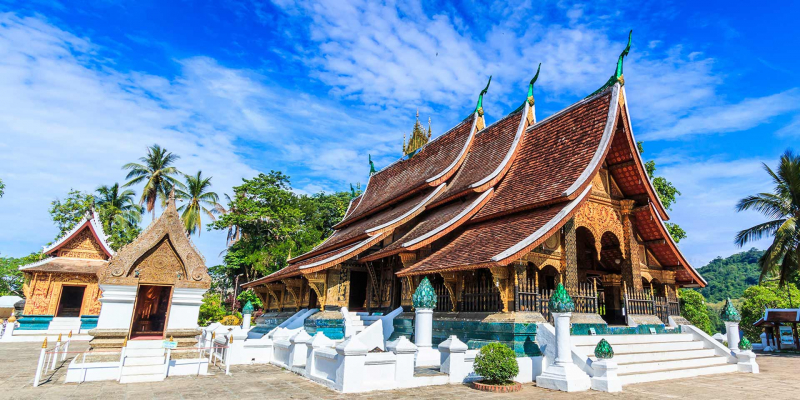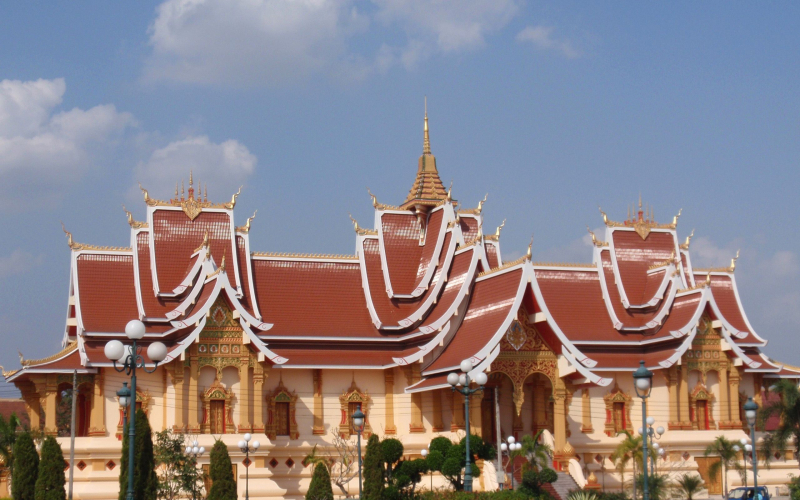Beautiful Architecture

Visitors may observe several additional different types in addition to the prominent wats and stupas of Lao temple architecture. French colonial, Buddhist, traditional Lao, and modern architecture are the key influences of Lao architecture, which also draws inspiration from Thailand and other nations. In urban areas, contemporary design homes are more prevalent, while Lao traditional houses are slowly vanishing. The majority of Lao people live in rural areas in wooden homes raised off the ground on stilts.
The "wat" and the "that" are two of Laos' most significant structures. Few older constructions still exist in Laos since the country has historically built everything out of wood, which is frequently destroyed by the elements. Secular architecture includes French colonial and French-inspired structures with pitched tile roofs and shuddered windows; Chinese-style shophouses with upper floors for residences and lower floors for shops and businesses; post-Revolutionary structures built in a socialist realist style; and neo-traditional style buildings like those at the airport in Luang Prabang and the National Assembly hall in Vientiane.
There are numerous unique monuments and architectural styles spread out throughout Laos. The That Luang, or Great Sacred Stupa, in Vientiane is one of the most prominent buildings. The basis for comparable structures throughout Laos is this stupa's four-cornered superstructure and dome shape. Stupas are used to remember the Buddha's life, and many of them are rumored to contain holy Buddha relics. Theravada Buddhists have traditionally incinerated the body of the deceased before storing the bones in stupas that are scattered throughout the grounds of temples, or wats. The numerous Buddhist Wats display a variety of architectural styles.












